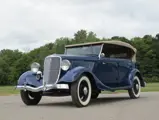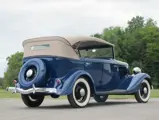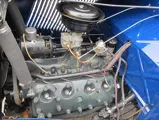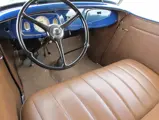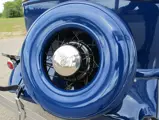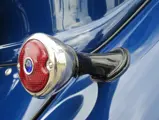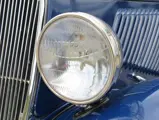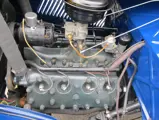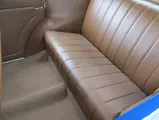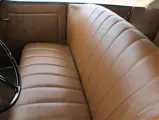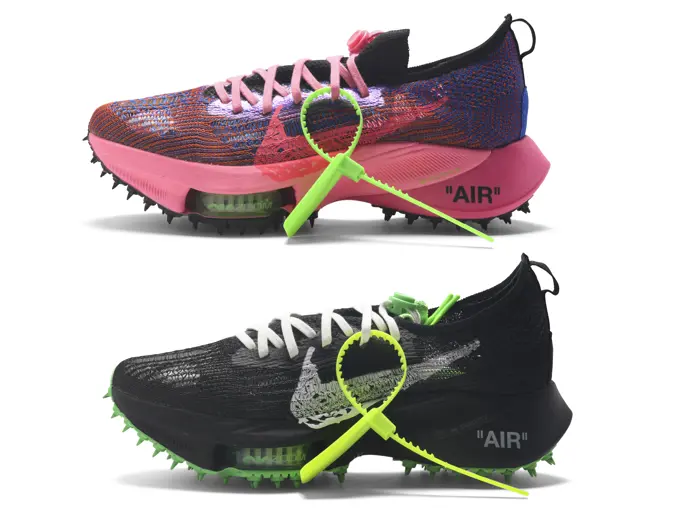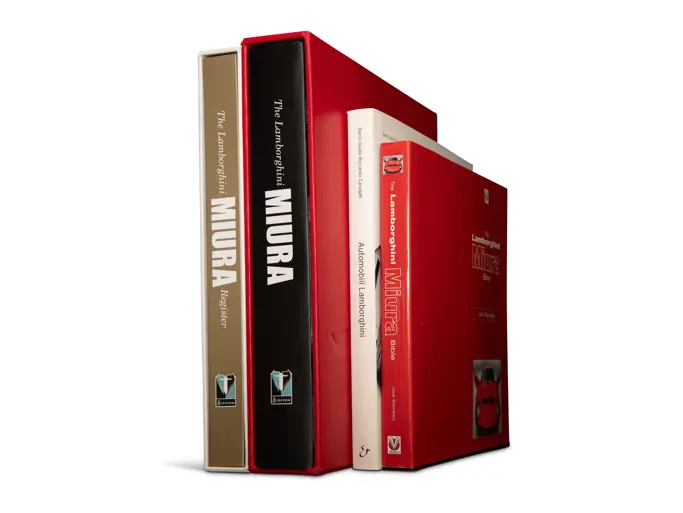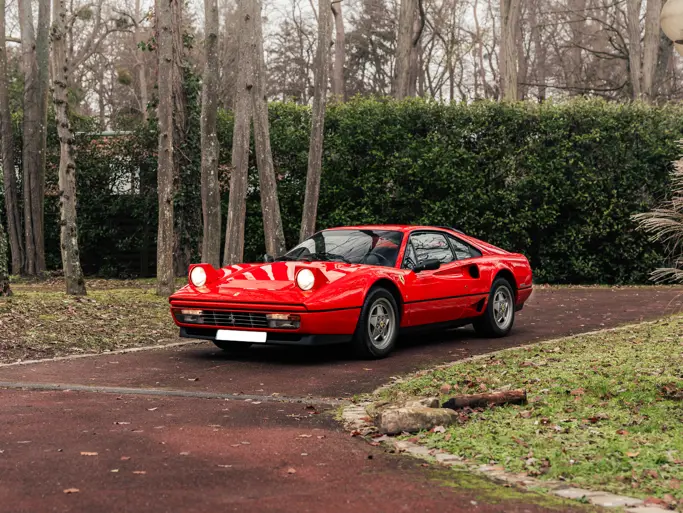Hershey 2011
1933 Ford V-8 Phaeton
{{lr.item.text}}
$68,750 USD | Sold
 | Hershey, Pennsylvania
| Hershey, Pennsylvania
{{internetCurrentBid}}
{{internetTimeLeft}}

75 hp, 221 cu. in. L-head V-8 engine, three-speed manual transmission, live axle suspension with transverse leaf springs, four-wheel mechanically-actuated drum brakes. Wheelbase: 112"
- Striking color combination with black wire wheels
- Less than 2,000 1933 Standard and Deluxe V-8 Phaetons built
The success of Ford’s new V-8 was immediate. More than 200,000 were sold in the introductory 1932 model year, as opposed to 185,000 Model B four-cylinder cars. For 1933 the Ford was given a new cruciform double-drop chassis frame, and its wheelbase stretched half a foot to 112 inches. Evolutionary upgrades were made to the engine: improved ignition and cooling systems and new aluminum heads with 6.3 to 1 compression that raised horsepower to 75. The major change to Fords for 1933, however, concerned the body.
Eugene “Bob” Gregorie was hired by Henry Crecelius, a former Brewster colleague who had become chief body engineer at Lincoln. He would apply some of his nautical design experience gained from working for the Elco Corporation as well as Cox and Stevens, a New York naval architecture firm. Gregorie slanted the flat windshield back, employed a similarly sloped grille whose silhouette suggested a heart shape and mounted the headlights directly to the fenders. Gregorie’s work became well regarded in a short time, especially by Edsel Ford. For the 1933 Ford, Edsel wanted a more graceful design than the 1932 style. It was Edsel himself who came up with the idea of using Gregorie’s Model Y concept for the lengthened 1933 Ford.
This handsome Ford Phaeton is an older restoration that has been in the same enthusiast’s collection for a number of years. Overall, it presents very nicely, from the exterior paint and brightwork to the upholstery, carpeting, dash, gauges and nicely fitted top. Any cosmetic issues are only visible on much closer examination. The restoration was conducted with period correctness in mind, down to the correct Ford-scripted headlamps. The car presents very nicely in a striking shade of blue with black wire wheels, wide whitewall tires, a rear-mounted spare and tan upholstery.

